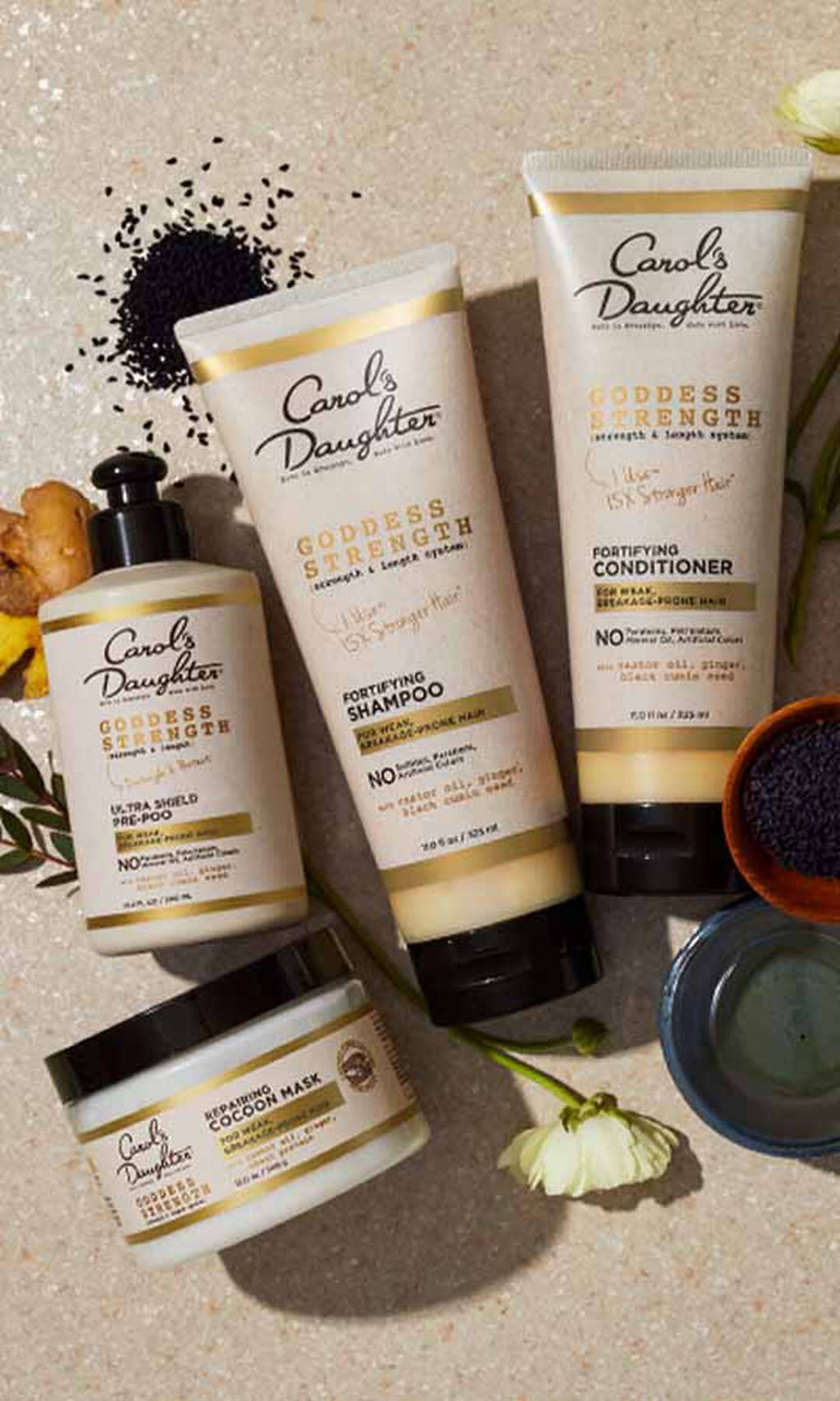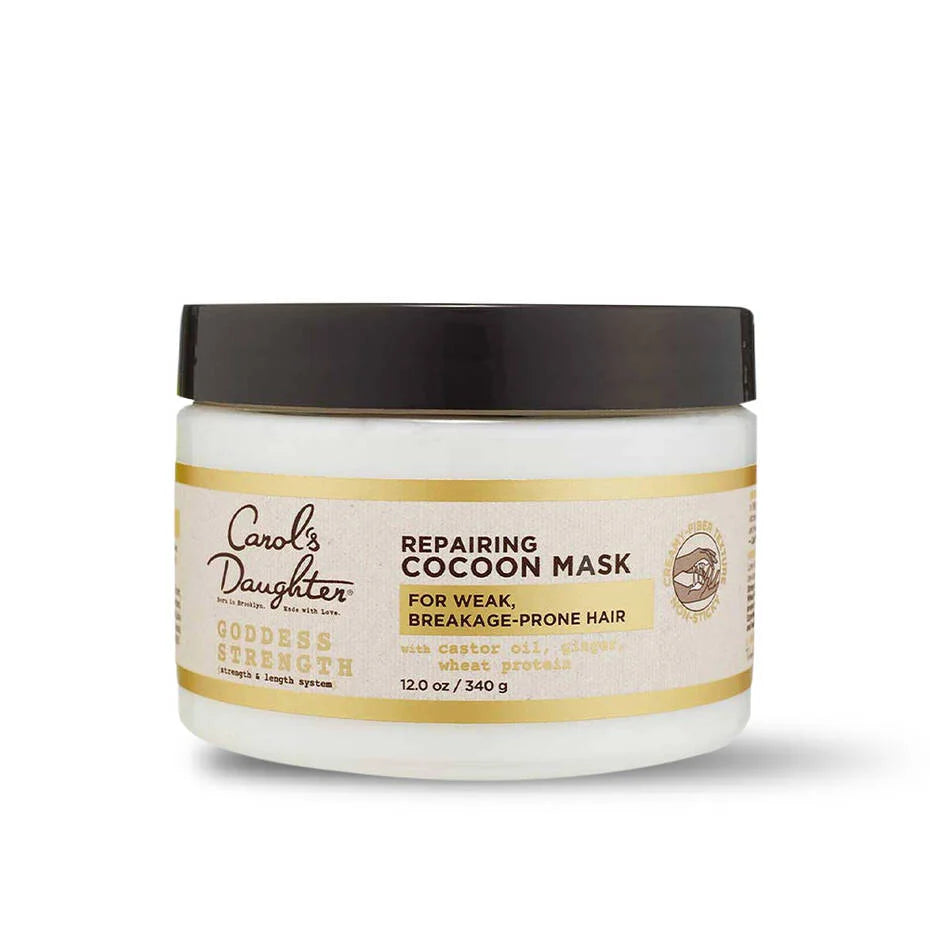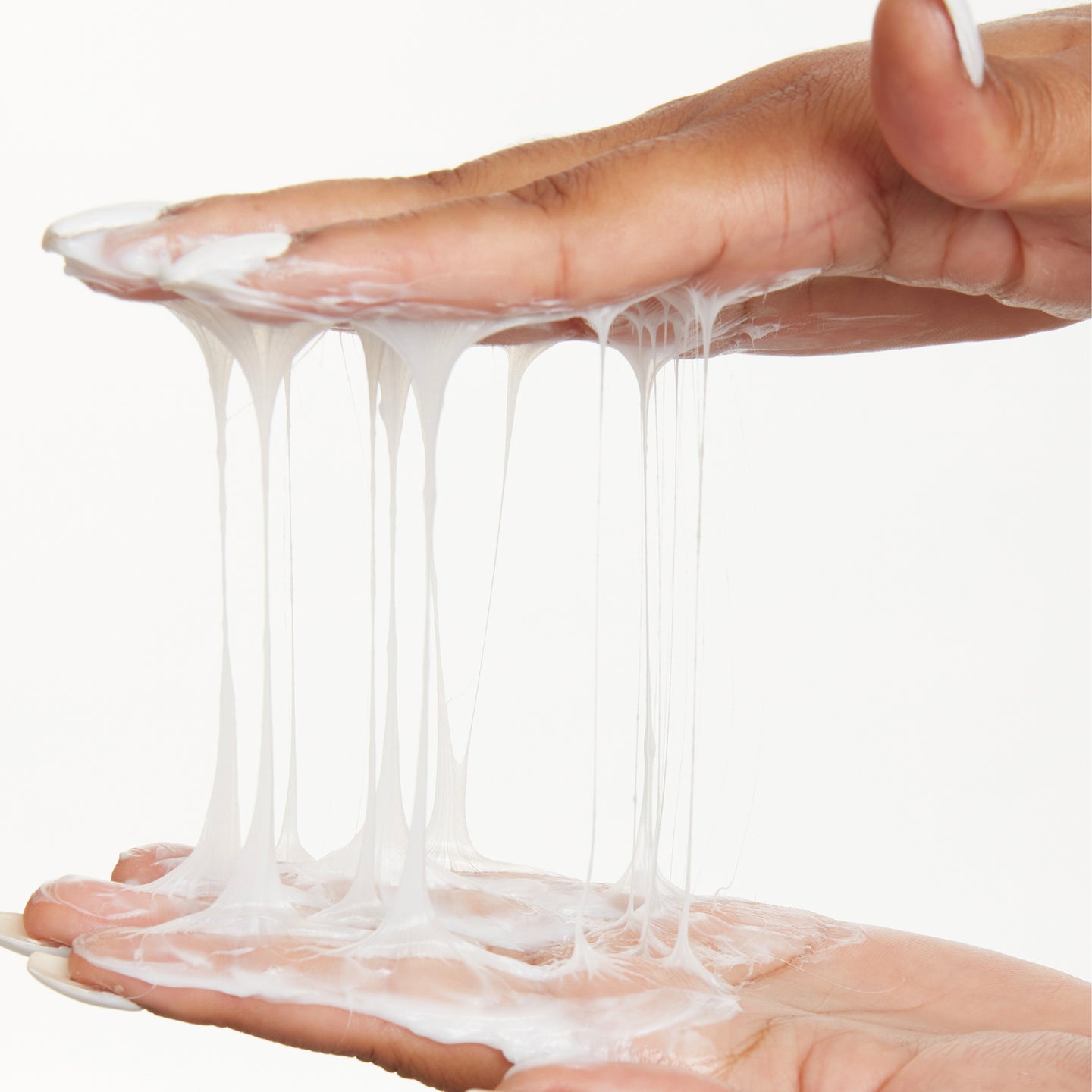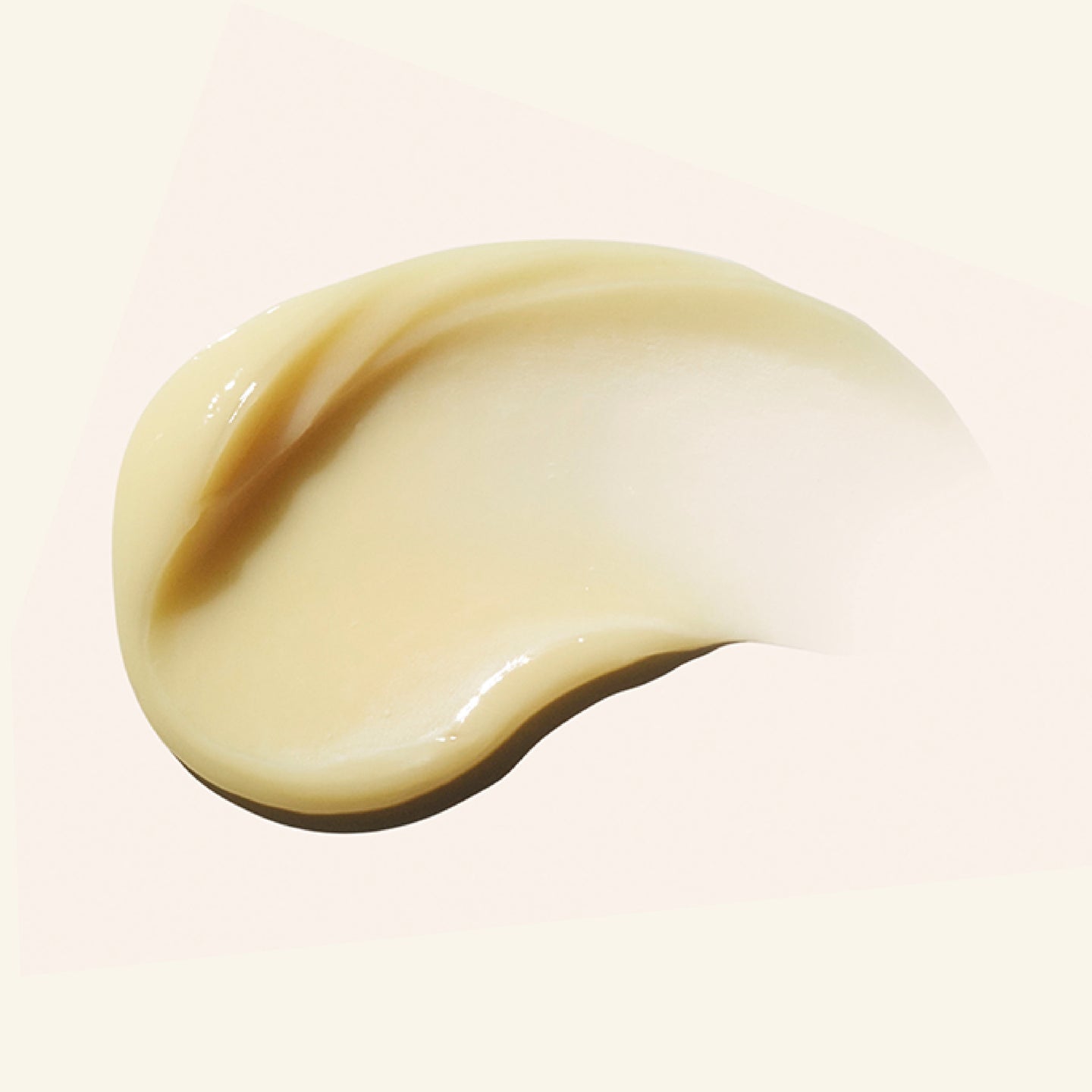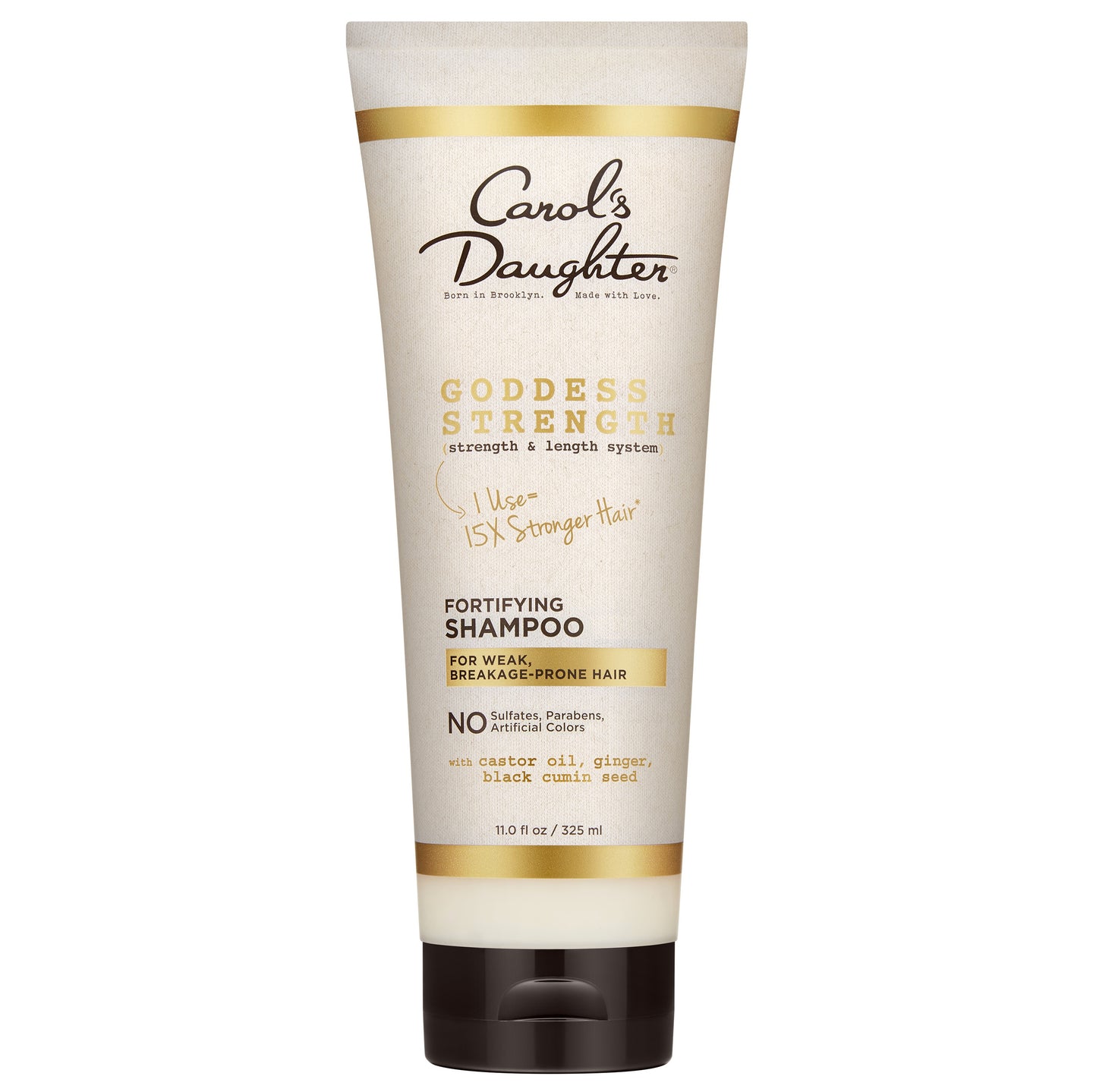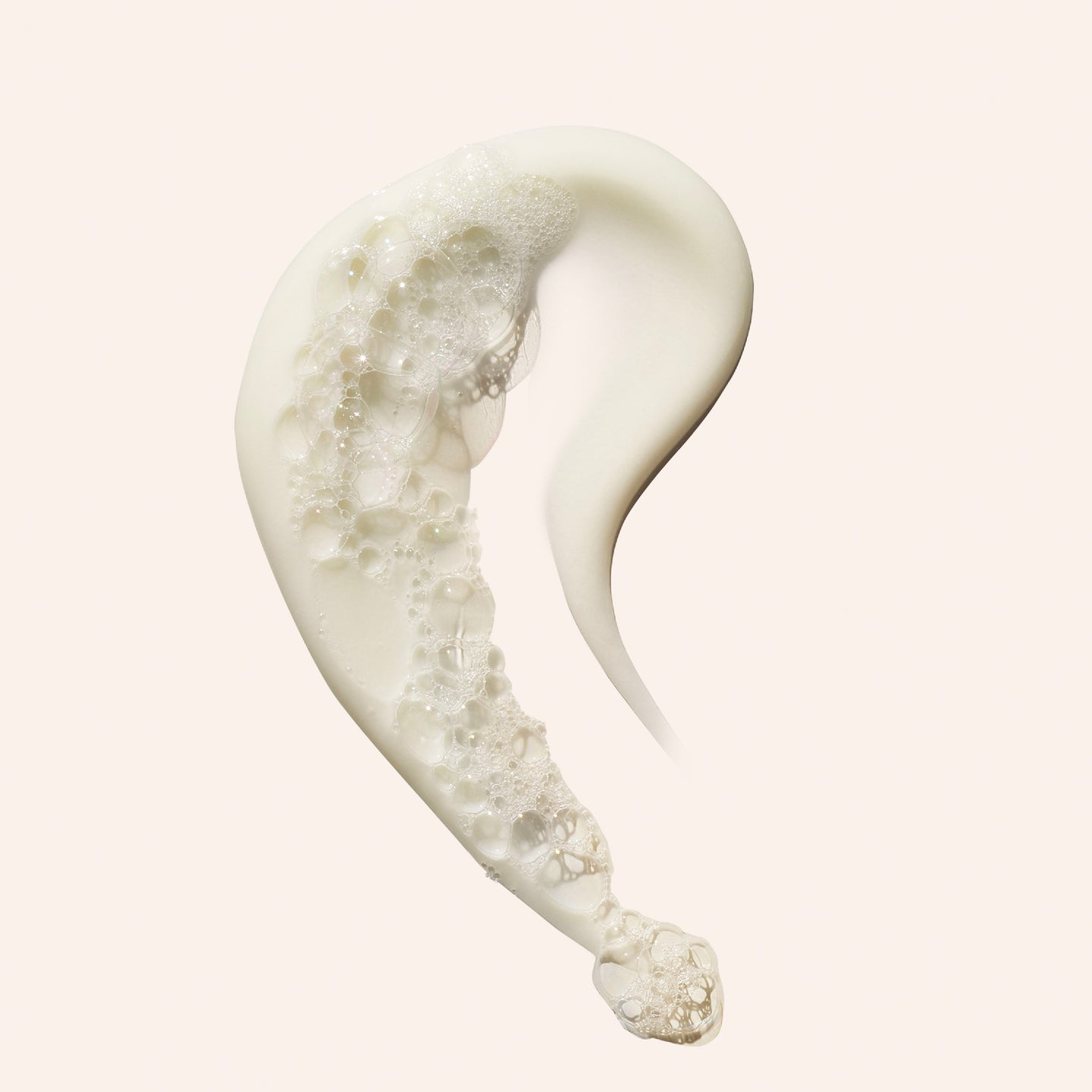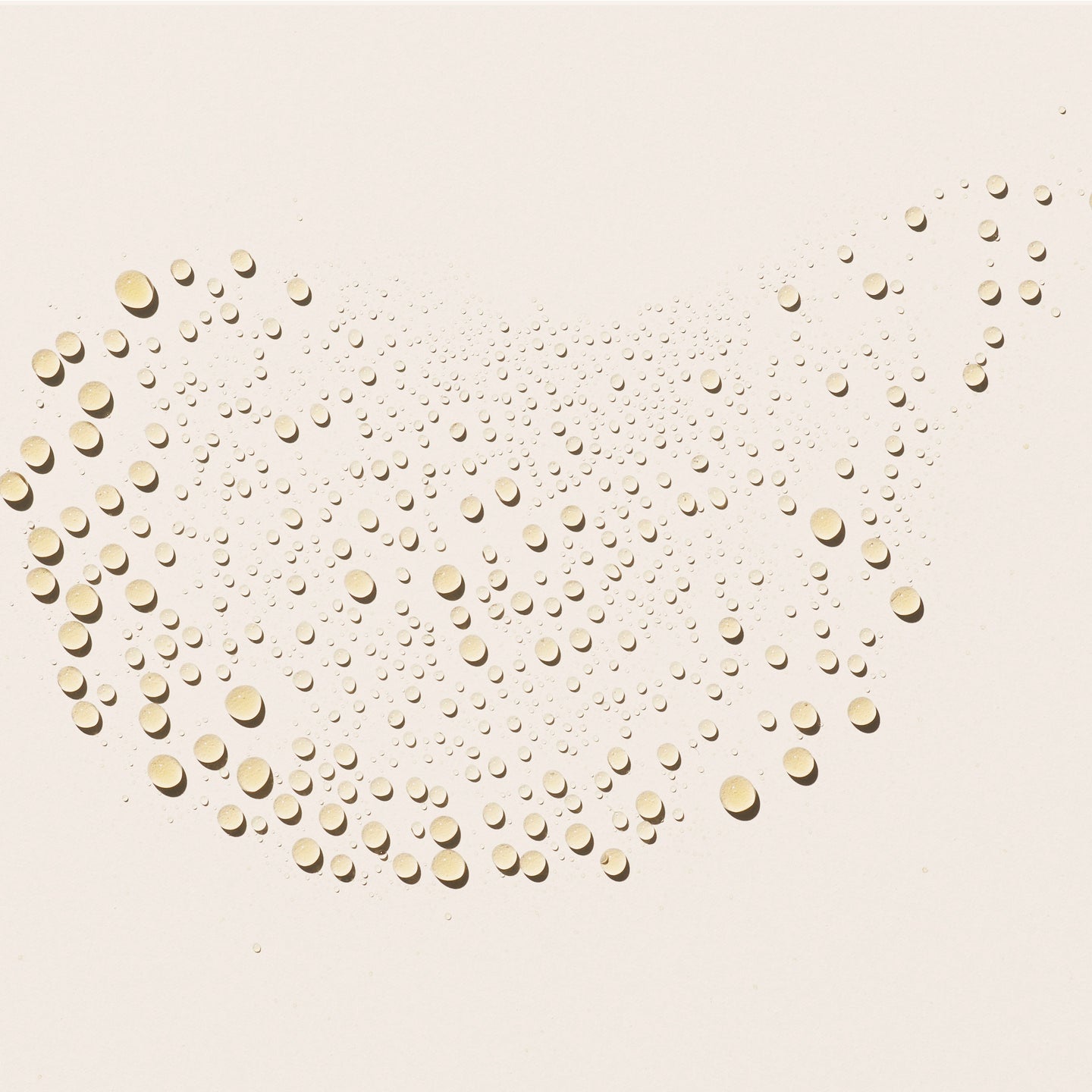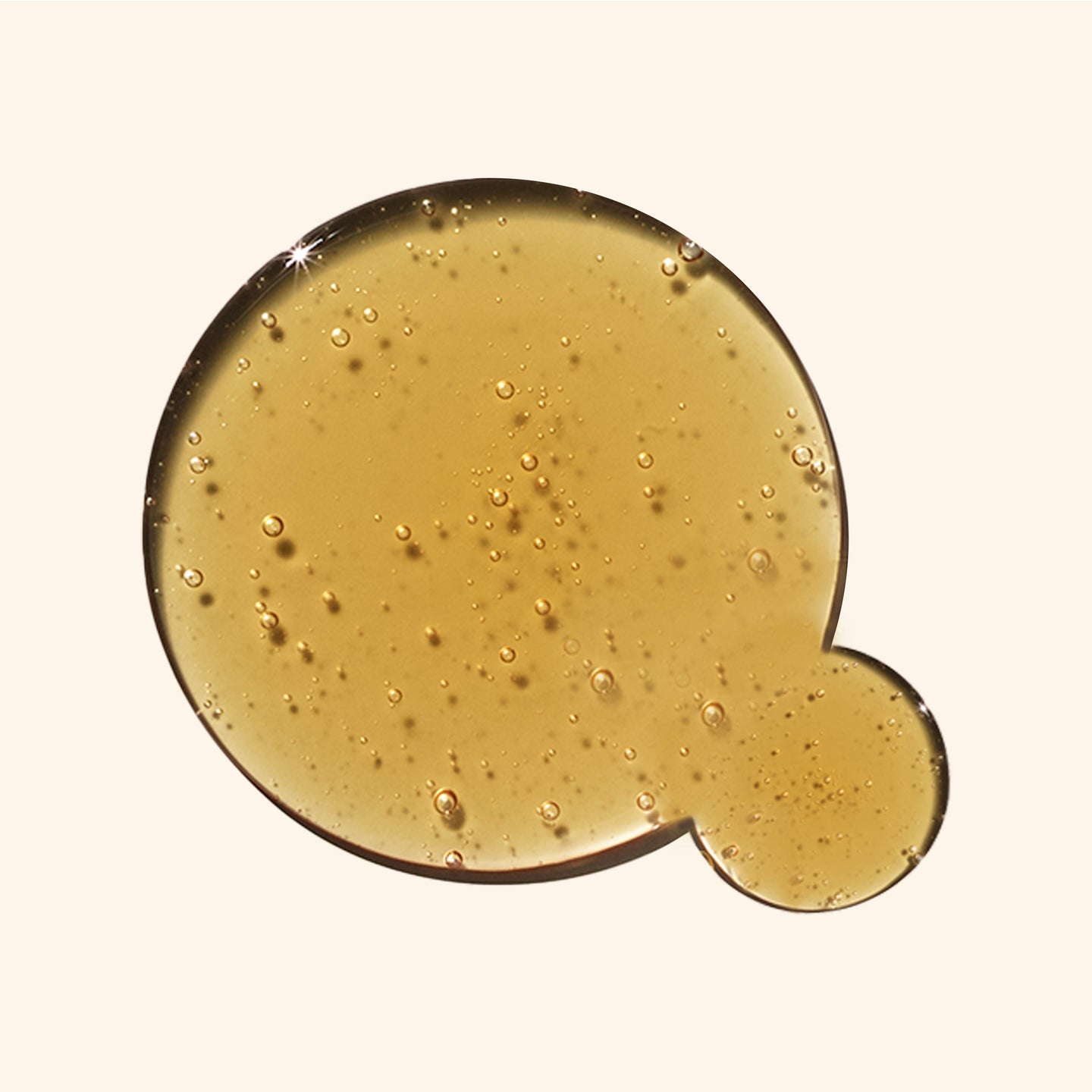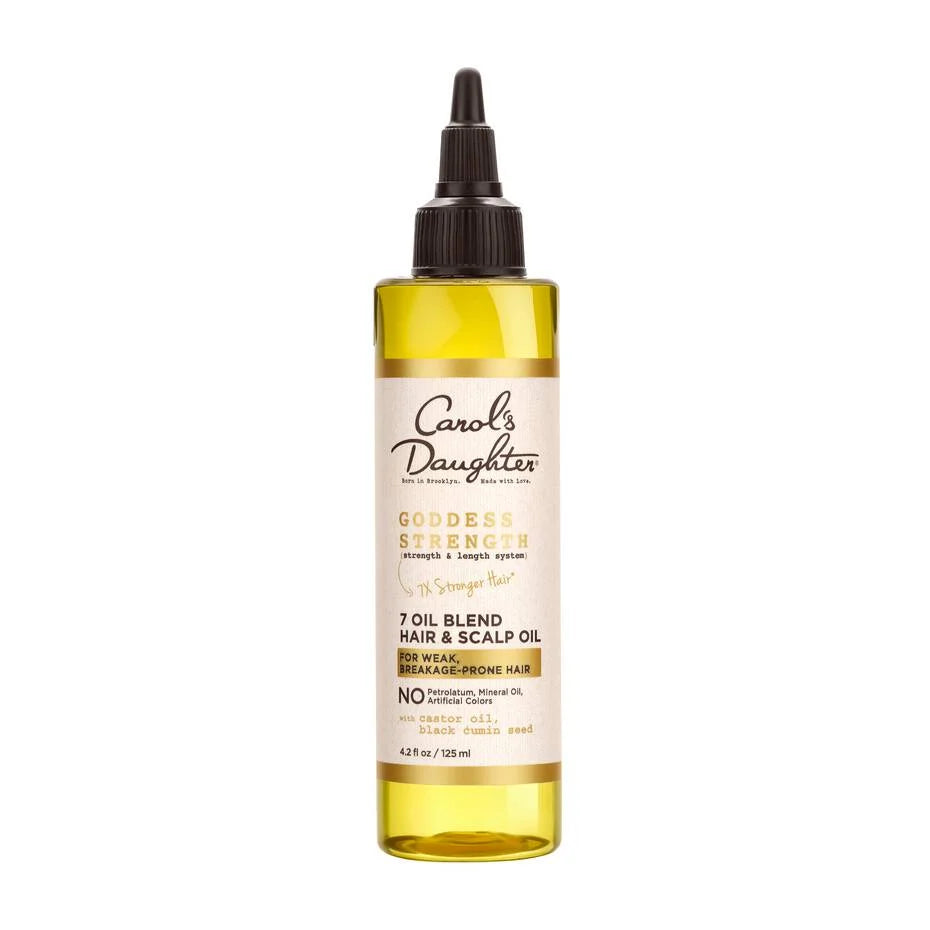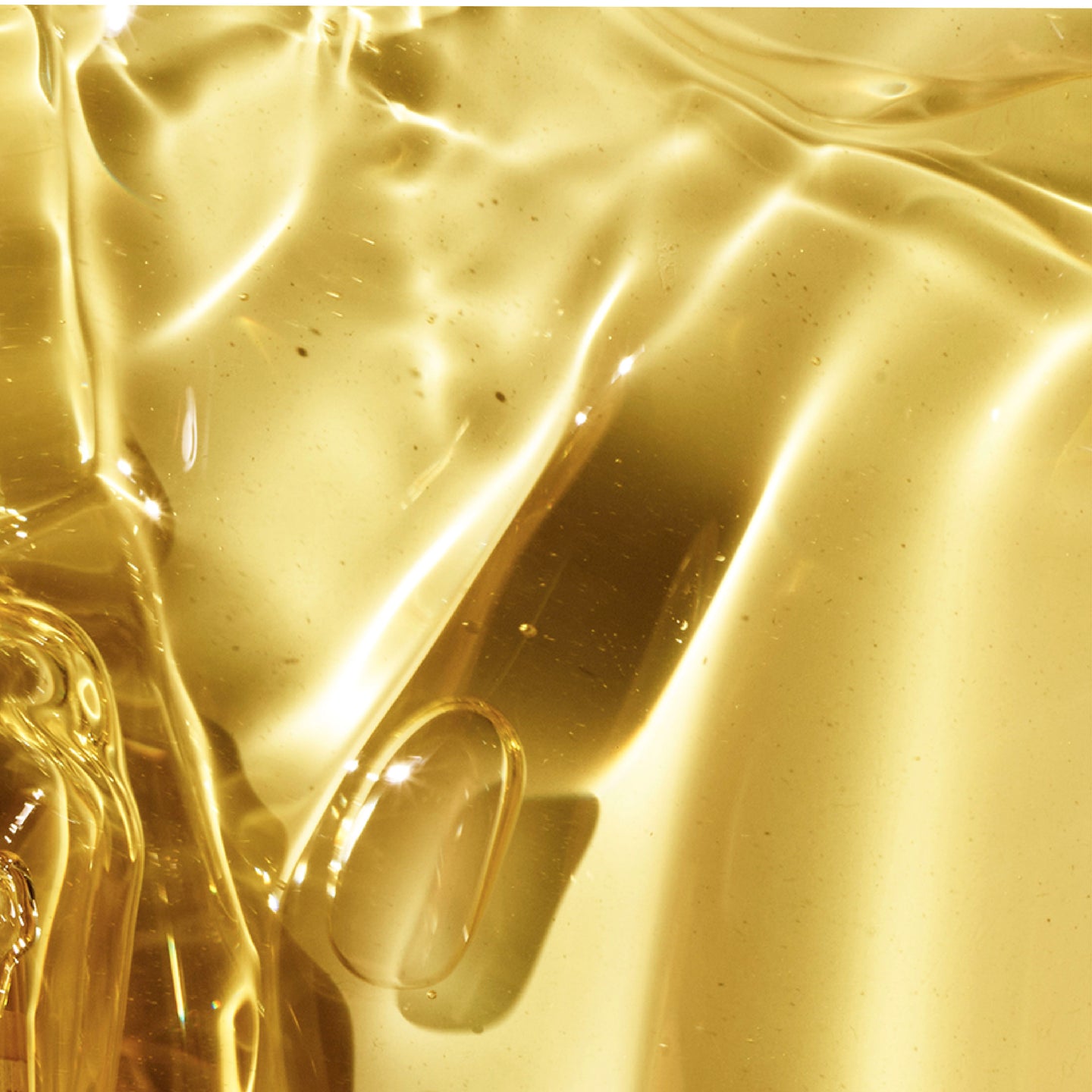Protein for Hair
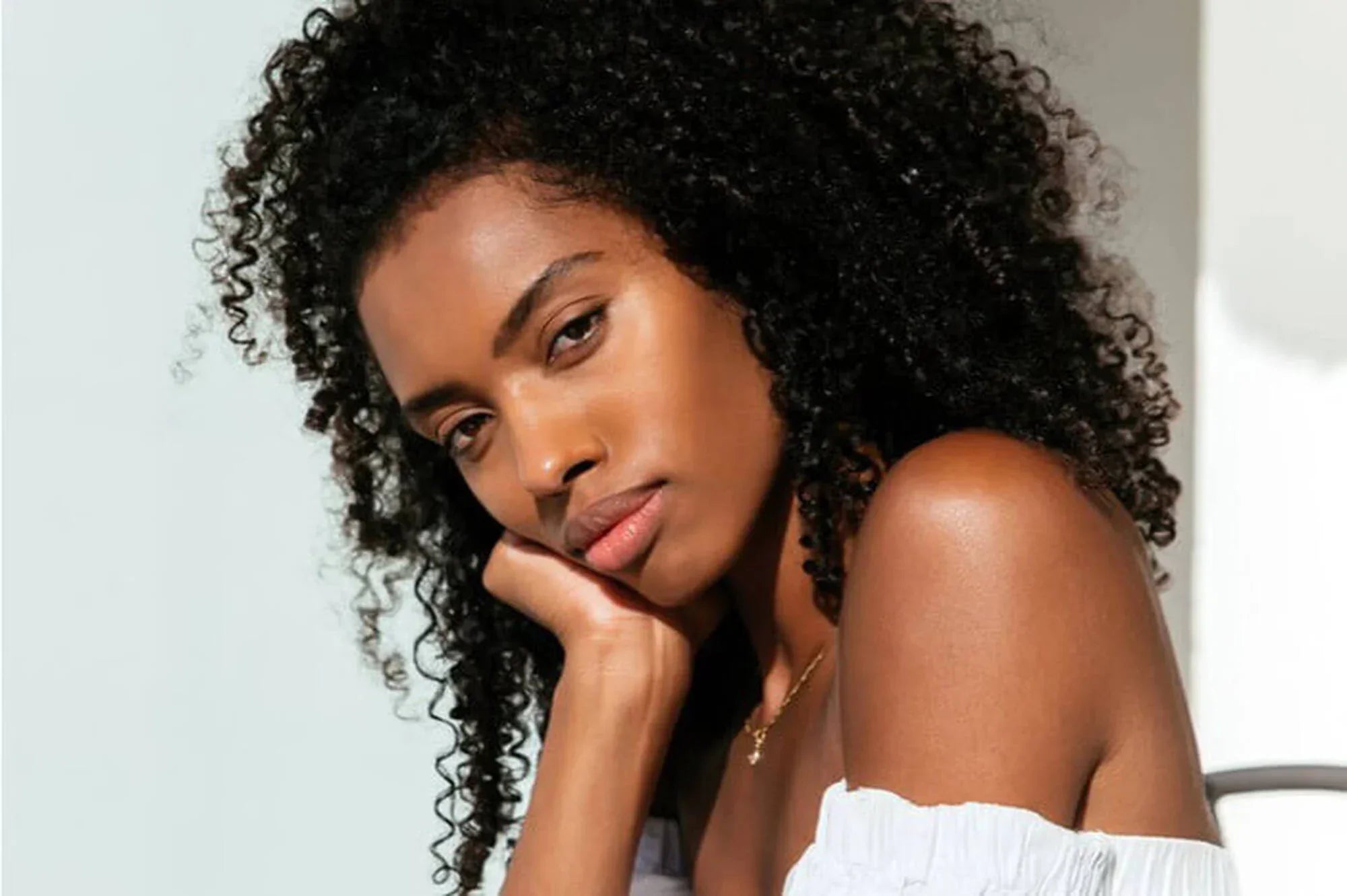
Anchor titles to their specific sections
-
What is Protein for Hair?
-
What Types of Protein Does Hair Need?
-
How to Tell if Your Hair Needs Protein or Moisture
-
Signs of Protein Deficiency in Hair
-
How to Add Protein to Hair
-
Best Hair Products with Protein
-
Signs of a Moisture Deficiency in Hair
-
How to Add Moisture to Hair
-
Best Moisturizing Hair Products
-
Does Hair Need Both Protein and Moisture?
-
What is Protein Overload in Hair?
Everything You Need to Know About Hair Care Protein
Hair and protein have a strong connection, much like the bond between best friends. This is largely due to the fact that protein, specifically keratin, is the main component of hair. According to the American Academy of Dermatology (AAD), each hair strand is composed of keratin, which plays a vital role in shaping and safeguarding the hair. Additionally, lipids add structure and offer extra defense against harm from the environment and chemicals, as confirmed by the National Center for Biotechnology of Information (NCBI). Protein is responsible for providing hair with its smoothness, shine, and durability, making it a crucial element for all hair types.
When it comes to protein for hair, there’s good news and bad news. The bad news is that, according to Science Direct, once you damage the natural protein within your hair it’s gone forever (until you grow back new strands). The good news is that you can replicate this form of protein through hair care products like overnight masks, shampoos, rinse-out conditioners, and leave-in conditioners. Ahead, discover the benefits of protein for hair, how to tell when curly hair needs protein, and the hair products with protein you’ll want to add to your hair care regimen.
What is Protein for Hair?
Protein is made up of amino acids (organic compounds) that form together to make keratin. These are the building blocks of your hair, responsible for the strength and structure of your curls and coils. If these amino acids are compromised, the protein in hair can become altered — leading to brittle and fragile strands. Damaging your hair with chemical treatments, hot tools, and bad hair habits can lead to weakened strands and depleted hair protein that may lead to dehydrated and unmanageable hair.
If you notice your tresses have become stringy, limp, or gummy (meaning hair stretches like a rubber band and snaps) you could be lacking protein. Both moisturizing products for natural hair and hair protein treatments can boost your mane with nutrients and proteins to help in reconstructing and strengthening natural hair.
What Types of Protein Does Your Hair Need?
As previously stated, the exact form of protein found in hair can’t be recreated, but you can use hair care products that mimic protein to wrap a protective layer around strands. These types of proteins will be labeled on your hair care products as keratin, wheat protein, soy protein, vegetable protein, collagen, amino acids, and oat flour — to name a few. Hair especially loves keratin and collagen, which works to strengthen and repair damaged hair cuticles.
Keratin
Keratin, the main protein in our hair, plays a crucial role in maintaining its strength and flexibility. However, during times of hair damage, keratin can become compromised, resulting in weak and fragile locks.
Collagen
Collagen is also a vital part in the protein composition of our hair. It ensures our strands remain strong and prevents breakage. Your curls will have that added shine and bounce when collagen is added to the mix.
How Often Should You Use a Protein Treatment?
Incorporating protein for hair in your curly hair care routine will help reinforce fibers by making them strong against breakage, but you want to make sure you don’t overdo it. Introduce a protein-enriched product to your hair care routine gradually to gauge how much your hair needs. You can start with a weekly protein treatment for preventative maintenance and to target specific concerns like dullness and stringiness from dehydration.
If you feel like your hair needs more protein, consider using an everyday product like shampoo, conditioner, or leave-in conditioner containing smaller concentrations of the ingredient. Generally, you should use a protein treatment as directed on the specific product. Most products will say how often you should use it for the healthiest curls possible.
How to Tell if Your Hair Needs Protein or Moisture
Bottom line: healthy tresses require two essential elements: moisture and protein. Certain products provide moisture exclusively, some offer protein exclusively, and others provide both. Knowing what your natural hair needs — a hair protein treatment, a moisture treatment, or a combination of both — is paramount to healthy-looking and lively curls and coils. Proteins will reinforce hair bonds, making strands stronger and reducing the risk for damage. Moisture is essential for hair to hydrate the bonds and improve the overall look and feel of your hair.
To determine if your hair needs moisture or protein, take a hair strand from your brush (no need to yank out any from the scalp) and gently stretch it. If it barely stretches and snaps or feels extremely dry, you need more moisture. If you brush your hair and more strands fall out than usual (remember, some hair shedding is normal) or it feels extra stretchy and gummy, you need protein.
Signs of Protein Deficiency in Hair
Beyond the signals we've already covered, there are a few more signs that might be telling you your hair is in need of a protein boost. Look out for:
High Porosity Hair
When your hair is highly porous, it can soak up moisture and protein like a sponge. But, it can also lose these vital nutrients just as quickly, leaving you with hair that's dry and prone to breakage.
Your Hair Has Low Elasticity
Hair that's not so springy is more prone to snapping when pulled. It's like a rubber band that's lost its stretch, and it's all due to those protein bonds not being as robust as they should be.
Increased Shedding
If you are seeing an increase in hair left in your brush or shower drain, it may be a sign that your hair requires more protein to maintain its strength.
Your Hair Has Been Colored Recently
Hair color and chemical straightening treatments alter the bonds of the hair, leading to breakage. According to the NCBI, the chemicals in these processes will elevate the pH of the hair and cause the cuticles to rise (which no one wants).
If cuticles are raised, the cortex of the hair becomes more exposed and has a greater susceptibility to protein loss and moisture loss. Hair color can also change the texture of your hair. If you enjoy coloring your mane, make sure you get a hair protein treatment one to two weeks after color application to repair what may have been damaged during the coloring process.
How to Add Protein to Hair
If you notice your hair is limp and stringy — without the normal bounce that curly and coily hair is known for — you could have a protein deficiency. By adding protein to your hair, you will boost elasticity and create a bouncier, fuller mane that is easier to style. Take stock of your current hair care routine to see if you’re already using products with hair protein to create a balance between moisturizing products and protein products.
An easy way to add protein to hair is with a weekly deep conditioner treatment that saturates strands with nourishing protein-centric ingredients. Luckily, there are many great hair protein treatments, like the Goddess Strength Cocoon Hydrating Hair Mask, which works to restore extremely damaged and over-processed hair with its infused castor oil, ginger, and wheat protein.
For a daily dose of protein (without overloading strands with the ingredient), add a leave-in conditioner to your routine with the Black Vanilla Moisture & Shine Leave-in Conditioner. This leave-in spray is formulated with soy protein and pro-vitamin B5 to add shine, softness, and manageability to your hair. Every other wash day, rotate your usual shampoo and conditioner for one packed with protein, like Goddess Strength Fortifying Shampoo With Castor Oil and Goddess Strength Fortifying Conditioner With Castor Oil. This shampoo and conditioner are both made to add moisture to hair and strengthen weakened hair bonds for a restored mane that has more defined curls and easier manageability. For ease in detangling your strands, we also recommend the Black Vanilla 4-in-1 Combing Creme that is packed with keratin.
Signs of a Moisture Deficiency in Hair
Besides protein, our hair also craves moisture. Signs of a moisture shortage include:
Split ends
Split ends occur when the hair shaft becomes dry and brittle, causing it to split into two or more smaller strands. This is a tell-tale sign that your hair is lacking moisture and needs a boost of hydration.
Dull hair
When hair is not moisturized, it can seem dull and lacking vitality. This is because the hair's outer layer, known as the cuticle, becomes rough and raised without enough moisture. As a result, light cannot bounce off the hair easily, causing it to look less shiny.
Flaky scalp
A dry scalp can result in flakiness and itchiness. The dryness causes the skin cells on the scalp to shed more quickly, leading to flakes of dead skin. The scalp needs to be nourished and hydrated in order for the hair follicles to grow strong and healthy hair.
If any of these signs ring a bell, your hair is probably crying out for moisture. The fix? A good moisturizer, deep conditioner, or leave-in conditioner can work wonders.
How to Add Moisture to Hair
Moisture is needed for removing brittleness from your hair and increasing elasticity to help prevent hair damage. Under-moisturized hair may display dryness, become easily tangled, or feel like weak curls that lack shine. For hair that needs moisture, develop a regular hair care routine that includes a pre-shampoo conditioning treatment twice a week or deep conditioner once a week to draw moisture into the hair shaft. This will help with bounce and strength.
In addition to regular conditioning treatments, it is important to use a moisturizing shampoo and conditioner every time you wash your hair. We recommend the Black Vanilla Moisture & Shine Shampoo and Conditioner to replenish moisture and add shine back into your curls! These products contain ingredients like aloe leaf juice and shea butter, which are known for their hydrating properties. You can also incorporate hair oils, such as the Goddess Strength 7-Oil Scalp & Hair Oil, into your routine. This will help lock in moisture and leave your hair feeling soft and nourished.
Does Hair Benefit from Both Protein and Moisture?
Absolutely! Achieving the right balance of protein and moisture is key to maintaining healthy, vibrant hair. Too much protein can leave your locks feeling like straw, while an excess of moisture can make them droop. It's all about that perfect balance.
What is Protein Overload in Hair?
Protein overload happens when your hair has more than its fair share of protein. Too much of a good thing can be bad in the case of protein for hair. It mimics the look of damaged hair, making it difficult to decipher between the two. A good way to test if your hair has too much protein is to use a protein treatment on your hair. If your mane still feels dry afterwards then that’s a sign that your hair has protein overload and needs more moisture to target damaged tresses. Luckily, if you are experiencing protein overload from a product, it will clear up as soon as the product is completely washed out.
Protein is a necessary component of hair health and should be added to your regimen for the best curls possible. As a good rule of thumb, use a protein treatment once a week for some hair self-care that’ll strengthen strands, for a more nourished and lively mane.



